August Gardening can be tricky with the high temperatures and lack of rain, but it is usually when we reap the largest bounty out of our vegetable gardens.

August is one of the busiest times in a garden.
Picking the produce and processing it can become a full-time job from morning into the evening.
However, August is payoff time in the kitchen garden; Tomatoes, Peppers, Beans, Eggplant, Carrots, Beets, and Herbs a plenty. There is something so fulfilling about growing your own food and processing it for your family to enjoy for months to come.
Don’t neglect your herbs.
Even though we are busy with the superstars of the garden, and making sauces and pickled peppers. Don’t neglect your herbs.
Continue to pinch back your basils or they will bolt. They may choose to do it no matter your diligence. If this happens, you must pull them and throw them in the compost.
You can do another sowing of Basil seeds now and use the young plants in late September early October to make Basil Pesto.
You can freeze pesto in ice-cube trays, popping out the perfect size throughout winter to add to soups, pastas and seafood dishes. This technique also works on Oregano Pesto.
Along with replanting basil, you should do another planting of lettuce, peas, spinach, beets and radishes.
Growing Dill can be rewarding not only because it is an essential ingredient in pickling, dill is also commonly added to soups, stews, seafood and salad dressings.
This easy-to-grow annual herb is not only beautiful, but it also attracts beneficial insects to the garden.
It is a tall herb growing up to or over 3’ in height and is great to plant along a fence or the back of a sunny flower bed.
Though be warned! It readily seeds and will need to be thinned. In August your dill will have flower heads and the leaves will not have much flavor so it’s time to do another planting.
Seeds will germinate in about 21 days and the younger the dill leaves the more flavor.
Think about freezing your young dill to enjoy later.
Lay the sprigs out on a cookie sheet and freeze. Transfer the frozen sprigs to a freezer bag. Pull out as much as you need, and use it just as you would fresh dill. It thaws so quickly, there’s no need to do anything special.
If you planted zucchini in the spring your plants are probably looking pretty ragged.
You may want to yank them and compost and sow a few new seeds. It usually takes 2 months for zucchini seeds to produce and if you have a mild and long fall you could have a counter full of zucchini right around the beginning of October.
You can make several batches of Zucchini Bread freeze to enjoy over the cold winter months.
August is also the month where Blackberries and Blueberries are ready to be picked.
Blackberries are a delicious kind of fruit that bloom everywhere in early August to mid-Autumn.
If you live in a rural area, it’s almost impossible to even walk down the road without seeing one or two.
If you have the room in your yard I would highly suggest planting a few thornless blackberry bushes. They are pretty effortless to care for if you have the right support system and you treat the soil where you plan to plant them.
If you are interested in finding out how to plant Blackberries click (here).
After you pick your Blackberries try to keep them dry when storing and they should last for two to three days.
If refrigerating let them come to room temperature before eating, as they’ll taste much juicier that way. Don’t worry if you’ve picked more than you can handle, blackberries are easily frozen and can be baked straight from the freezer with no need to defrost.
Freeze on a tray in a single layer so they don’t all squish together or puree them first then freeze the liquid in a bag or ice-cube tray.
Start deadheading your perennials.
You need to continue deadheading your perennials, maintenance now will save you time in the spring when the weeds are threatening your sanity.
While you are deadheading start collecting seeds from some of your garden favorites. Click (here) to find out how to collect seeds from your garden.
Most work should be done in the morning or evening when the temperatures are at their coolest. Working and watering when its hot and humid puts more strain on your plants causing disease and death.
Of course water, water, water; for the vegetable garden the best time of day to water is early morning before the temperatures begin to rise, this gives the plants a good supply of water to face the heat of the day. The same is true for your perennials, though they do not need as much water, early morning is the best time because late evening or nighttime watering may encourage mildew and/or fungus.
Most importantly don’t forget to take a deep breath and enjoy your garden, it’s at the ending stages and will be slowing down soon, with the cooler temperatures right around the corner.
xo, Amy

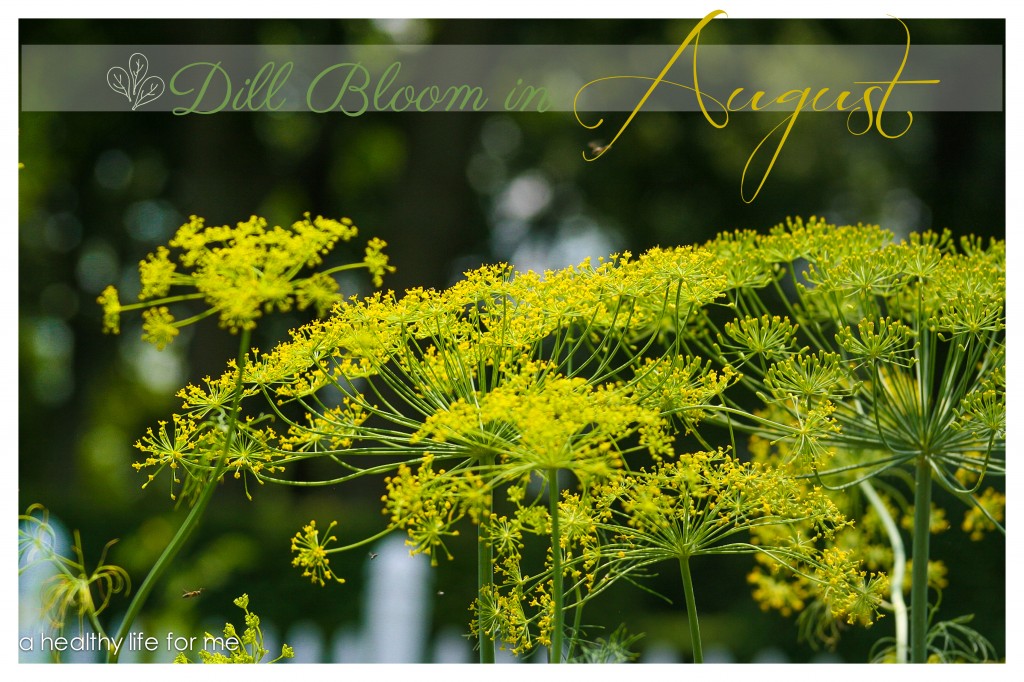
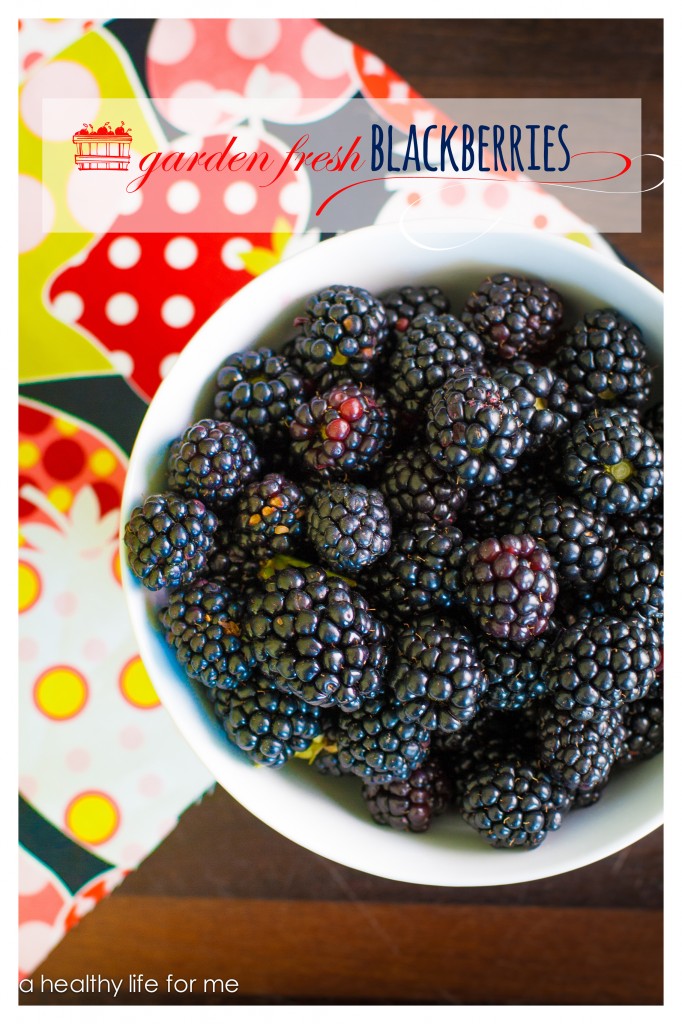
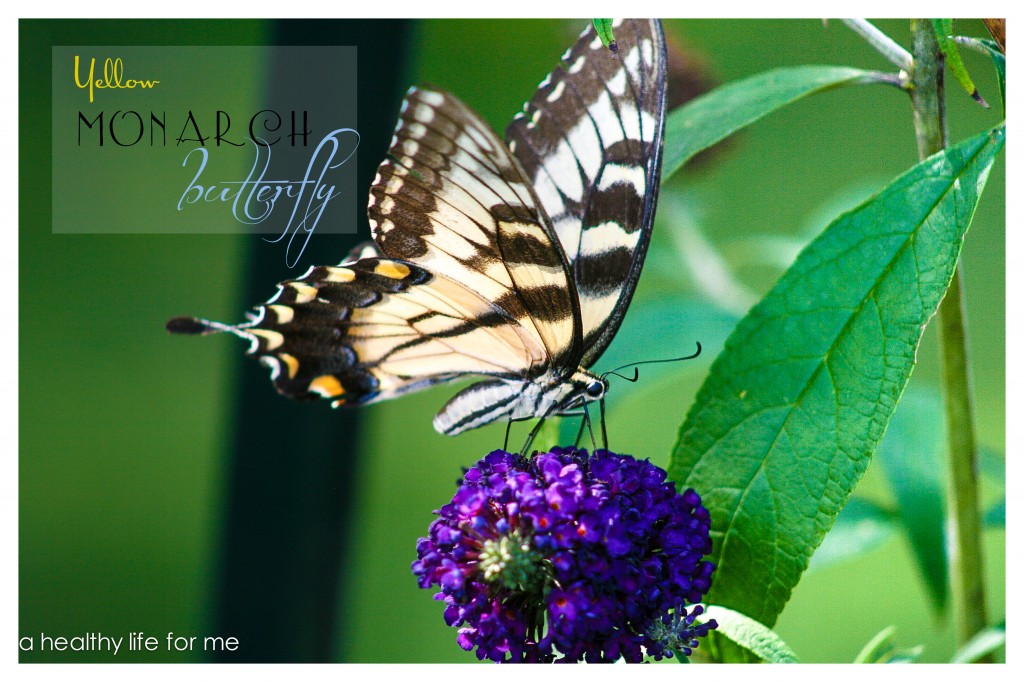





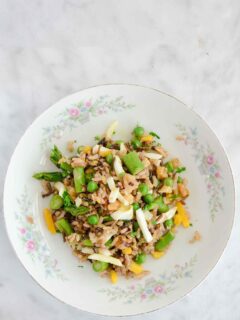

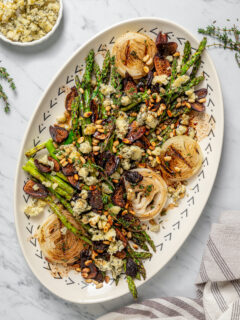
I’ve just begun my appreciation for vegetable gardening, so this was quite helpful. Thanks!
What beautiful photos! I love the first one of the chicken, so cute! There really is a lot to be done in the garden right now. It can seem overwhelming, but I try to remember it will be over before I know it so I’m trying to enjoy it while I can.
PS – Found you via the From the Farm Blog Hop and I really like your blog! 🙂